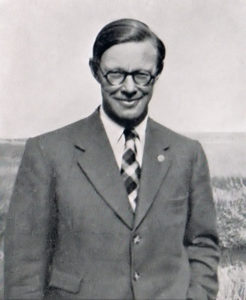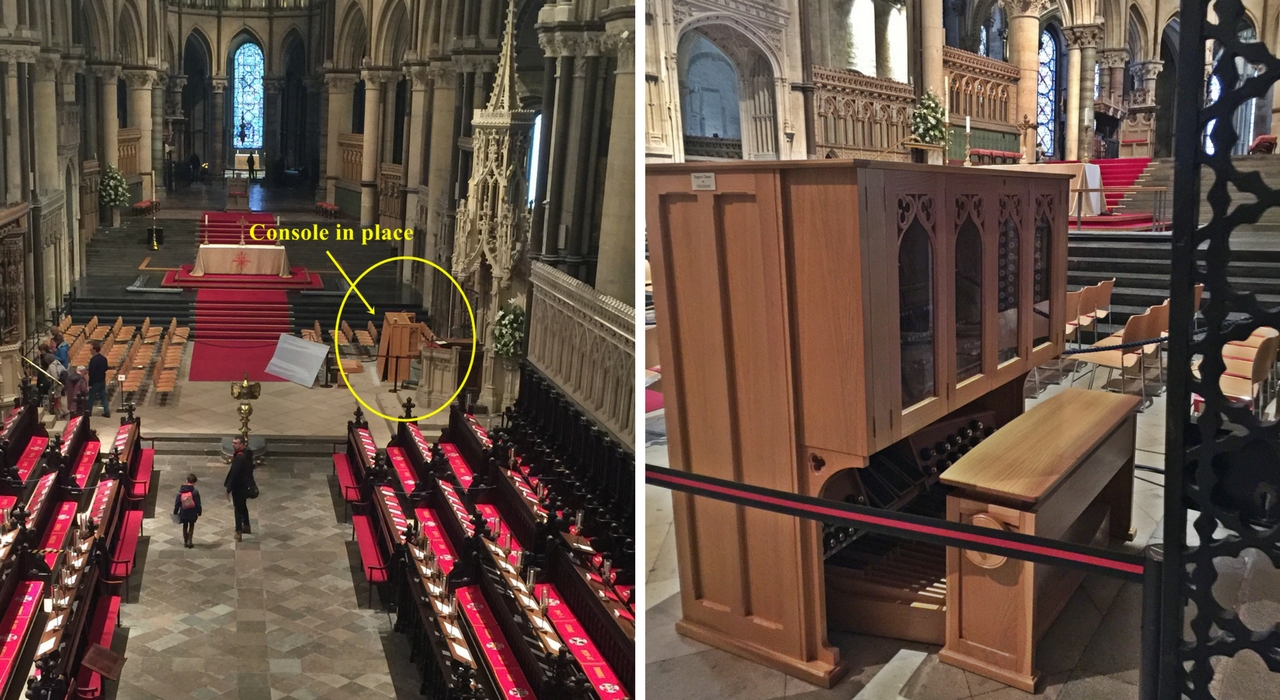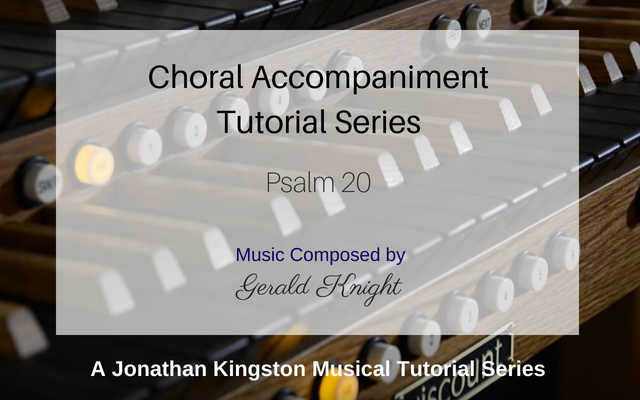Welcome to our fourth release of the Choral Accompaniment series which is a setting of Psalm 20, to an Anglican chant by Gerald Knight.
For our 2018 tutorial series we’re concentrating on the organ as a means of choral accompaniment. Church choral music was chosen to illustrate the accompaniment of various parts of the liturgy and to highlight some well-known anthems. The setting for these recordings, St Mary’s, Chalgrove, is a beautiful medieval church stunningly restored in 2015.
You can find out more about the choir, the organist, the church and the other five videos in our introduction to the Choral Organ Accompaniment Series.
Psalm 20, to a chant by Gerald Knight

Anglican chant is one of the glories of choral services in cathedrals, and in parish churches with a strong choral tradition. Done well it is sublime, but done badly it can be dire. It is an excellent test of the organist as accompanist, providing opportunities for subtle variations on the basic chant while remaining “underneath” the choir at almost all times.
Psalm 20 is one of those psalms of David written “for the director of music” or “for the choirmaster”. Goodness knows what trials and tribulations David thought the director of music must have been undergoing—perhaps he had been told he needed a church faculty for adding some lights to his music desk, or had just been asked to play “Shine Jesus Shine”—but we start with “May the Lord answer you when you are in distress; may the name of the God of Jacob protect you. May he send you help from the sanctuary, and grant you support from Zion.” Later we get “May he give you the desire of your heart and make all your plans succeed”, so get your choir to sing this and perhaps that new organ might not be so far off after all.
Gerald Knight (1908–1979), who wrote the chant, was organist at Canterbury Cathedral from 1937 to 1952, having been educated at Truro Cathedral School and Peterhouse, Cambridge. (Read the full story of the recent Regent Classic installation of a temporary organ at Canterbury Cathedral.) Gerald Knight also directed the Royal School of Church Music for a long period, from 1954–1973, after it moved to Addington Palace (which had been the former country seat of the Archbishops of Canterbury).

Choral Organ Accompaniment for Psalm 20
This delightful chant in A flat major lends itself to a range of possibilities in the organ accompaniment. As Jonathan Kingston points out in his introduction, accompanying psalmody set to Anglican chant is rather an art form in itself. There is not necessarily a prescribed set of rules to follow once accuracies of correct harmony and pointing are in place.
Jonathan suggests that the organist should be sympathetic to the contrasts of the verses and might reflect this by varying stop changes regularly, by playing an octave higher or lower, or by soloing a counter-melody in order to suitably reflect the contrasts of text and to impart some musical drama.
Clearly voiced stops at 8 foot pitch and making the most use of any enclosed divisions will see success in blending organ tone with choirs and congregational voices. Any appearance of manual reeds at 16 or 8 foot pitch are best applied with expression boxes closed, he proposes, so that a graded crescendo may be most effective.
Watch the video of Psalm 20 with our choir and organist below. This is played by Jonathan Kingston on a custom built Envoy 23-S, which is a very popular church organ.
I have had a passion for church organs since the tender age of 12. I own and run Viscount Organs with a close attention to the detail that musicians appreciate; and a clear understanding of the benefits of digital technology and keeping to the traditional and emotional elements of organ playing.



